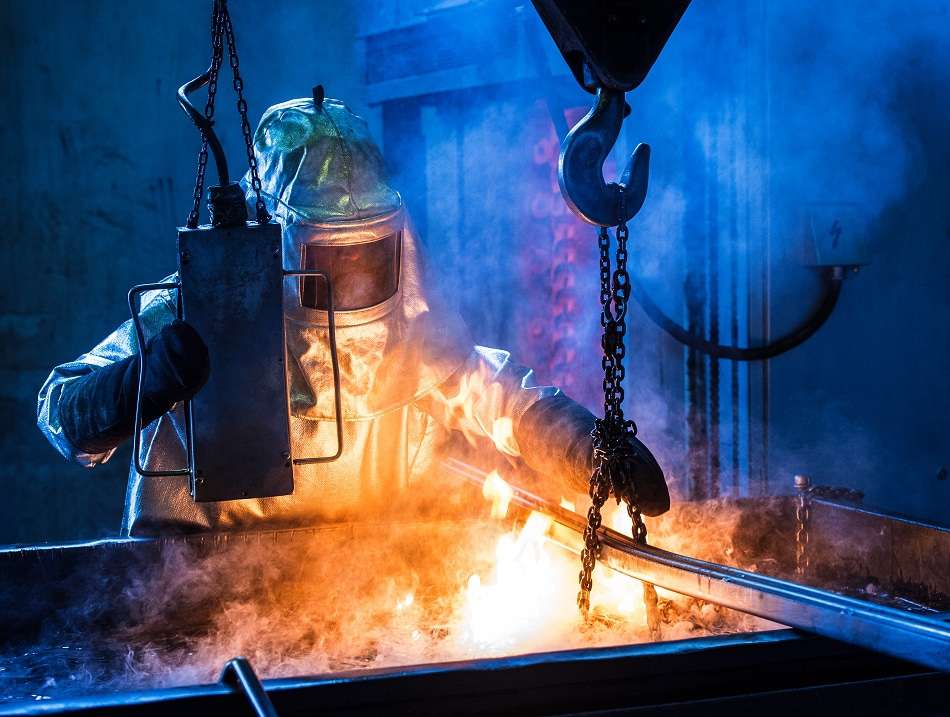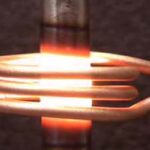Water: Quenching can be done by plunging the hot steel in water. The water adjacent to the hot steel vaporizes, and there is no direct contact of the water with the steel. This slows down cooling until the bubbles break and allow water contact with the hot steel. As the water contacts and boils, a great amount of heat is removed from the steel. With good agitation, bubbles can be prevented from sticking to the steel, and thereby prevent soft spots.
Water is a good rapid quenching medium, provided good agitation is done. However, water is corrosive with steel, and the rapid cooling can sometimes cause distortion or cracking.
Salt Water: Salt water is a more rapid quench medium than plain water because the bubbles are broken easily and allow for rapid cooling of the part. However, salt water is even more corrosive than plain water, and hence must be rinsed off immediately.
Oil: Oil is used when a slower cooling rate is desired. Since oil has a very high boiling point, the transition from start of Martensite formation to the finish is slow and this reduces the likelihood of cracking. Oil quenching results in fumes, spills, and sometimes a fire hazard.


